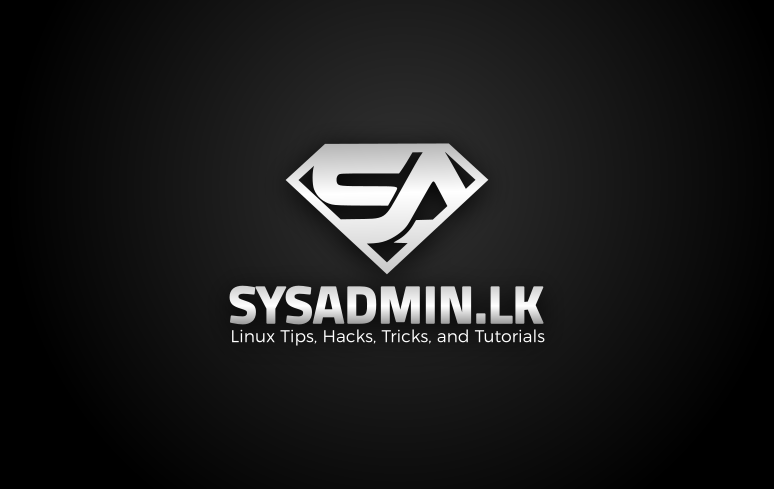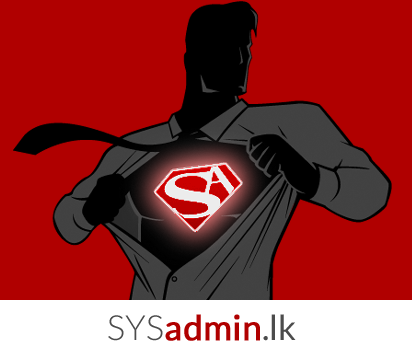When working with large data or heavy dependencies, it’s not uncommon for repositories to exceed GitHub’s 100MB file size limit. If you’re migrating from GitLab to GitHub and encounter this issue, you’ll need to clean your repo history and strip out large files before pushing. In this post, I’ll walk you through how to successfully […]
Renewing Ovirt Engine certificates before they expire
In Red Hat Virtualization earlier than version 4.4 SP1, all certificates followed a 398 day lifetime. Starting in Red Hat Virtualization version 4.4 SP1, the self-signed internal certificates between hypervisors and the Manager follow a five year lifetime. Certificates visible to web browsers still follow the standard 398 day lifetime and must be renewed once […]
Update oVirt hosted-engine host certificates VM if the are expired
Environment: Red Hat Virtualization 4.4 Issue: All the hosted-engine hosts vdsm certificates are expired. The hosted-engine VM is down and it’s unable to start it using hosted-engine –vm-start because of expired certificates. Resolution: Since CA of the RHV environment is the RHV manager which is down, we have to get the CA certificates and keys to the host […]
Maximizing Redundancy in Kubernetes
In the world of modern cloud-native applications, Kubernetes has become the go-to platform for container orchestration. Its ability to manage large-scale deployments, automate operations, and optimize resources is unmatched. However, the true power of Kubernetes lies in its redundancy mechanisms, which ensure that applications remain highly available, even in the face of failures. In this […]
How to Update Third-Party SSL Certificates on GitLab
Updating third-party SSL certificates on GitLab involves replacing the existing certificate files with the new ones and reconfiguring GitLab. Here’s how to do it 1. Obtain New SSL Certificates You can use my CSR Generator to generate a CSR and acquire the SSL certificate. – Acquire the updated SSL certificate and private key from your […]
![]()
Let’s Encrypt SSL for GitLab
To enable Let’s Encrypt SSL for GitLab, follow these steps. Ensure that GitLab is configured properly and you have root access to your GitLab instance. The steps apply to GitLab’s Omnibus installation. 1. Ensure Prerequisites A publicly accessible domain name pointing to your GitLab server. Port 80 (HTTP) and port 443 (HTTPS) open on your […]
![]()
Gitlab reset Password for root
You will need to do the following: SSH into your Droplet where GitLab is installed. ssh [your-user]@[your-droplet-ip-address] Open the GitLab Rails console. If you installed GitLab via the Omnibus package, you can open the Rails console with: sudo gitlab-rails console Locate the root user and change the password. Once in the console, enter the following commands: user = […]
![]()
Getting Started with Git: 25 Essential Commands for Beginners
Git is a powerful version control system that every developer should know. Whether you’re collaborating with others or managing your own projects, these 25 Git commands will help you navigate and control your codebase efficiently. 1. git init Initializes a new Git repository in your project directory. git init 2. git clone Clones an existing […]
![]()
Deploy NGINX Ingress Controller on AKS Kubernetes using Helm
Step 1 – Allocate Public IP for Ingress The following command will allocate Public IP : az network public-ip create –resource-group [resource-group] –name [name for public IP] –sku Standard –allocation-method static –query publicIp.ipAddress -o tsv Step 2 – Install NGINX Ingress Controller using Helm An ingress controller, because it is a core component of Kubernetes, […]
![]()
CKA Sample questions with answers
Pre Setup Once you’ve gained access to your terminal it might be wise to spend ~1 minute to setup your environment. You could set these: alias k=kubectl # will already be pre-configured export do=”–dry-run=client -o yaml” # k create deploy nginx –image=nginx $do export now=”–force –grace-period 0″ # k delete pod x $now Vim The […]
![]()

